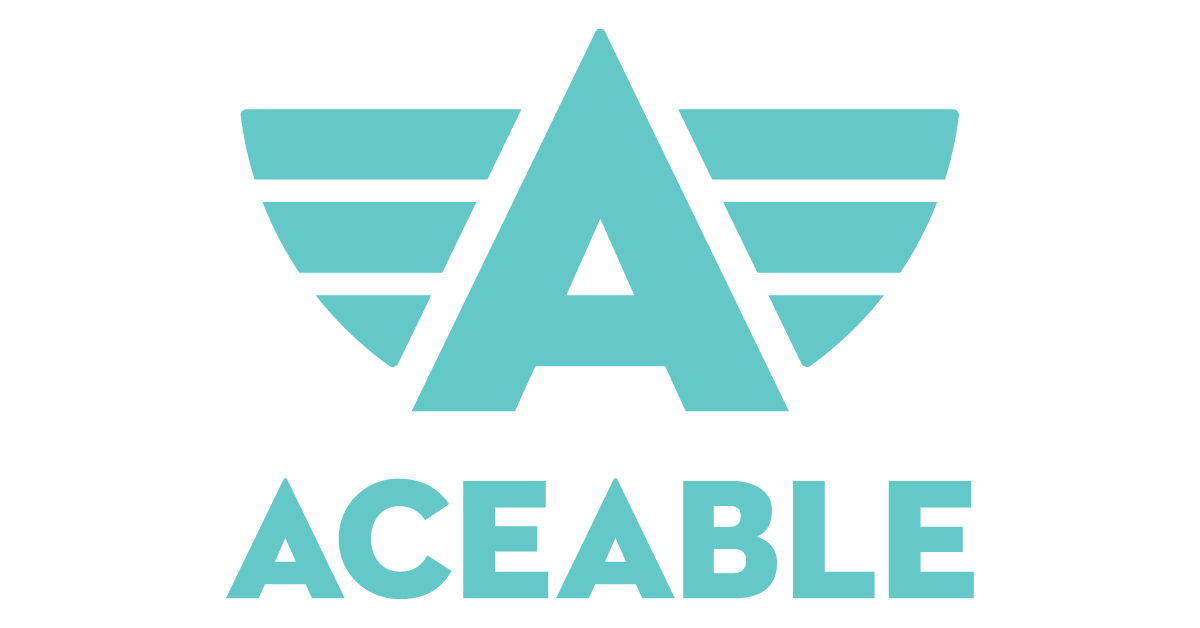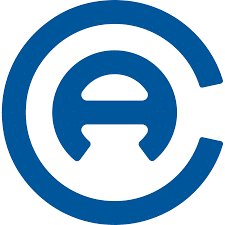Affiliate Disclosure: Automoblog and its partners may earn a commission if you purchase courses offered by the driver’s education providers outlined below. These commissions come to us at no additional cost to you. Our research team has carefully vetted dozens of driver’s education providers. See our Privacy Policy to learn more.
- Providing quality driver’s education can help protect teens from serious injury or death.
- Enrolling your child in a state-approved online driver’s ed program will kickstart the driver’s education process.
- Helping your teen acquire the number of behind-the-wheel hours required in your state is an essential step in training safe young drivers.
Putting your teen behind the wheel can be scary. Mitigate the risk by providing your child with quality driver’s education. Know the requirements for your state, find the best online driver’s ed courses, and take an active role in your child’s driving education.
We’ve created this comprehensive guide to help you navigate the ins and outs of driver’s ed. Looking for a similar resource for your teen? Help your child find answers in our Complete Teen Guide to Driver’s Ed.
What is Driver’s Ed?
Driver’s ed is an in-person or online program focused on traffic laws and motor vehicle safety. Your teen will learn to operate a vehicle, recognize road signs, and respond to common traffic patterns. They’ll also learn habits for safe, responsible driving.
Quality driver’s education is an integral part of any state’s Graduated Driver Licensing (GDL) system. Adopted in the U.S. in 1996, these laws are intended to provide education and experience for young drivers while minimizing risk. GDL systems vary by state, but usually consist of a few key components.
Learner’s Permit Phase
First, your teen will obtain a learner’s permit by completing your state’s required driver’s education course, behind-the-wheel training, and permit test.
Once they get a learner’s permit, you’ll sit shotgun and provide support as your child completes the required number of supervised driving hours.
Provisional License Phase
A provisional license is awarded to teens who complete their supervised driving hours with a learner’s permit. In most states, the minimum age for receiving a provisional license is 16.
During this time, teens may only drive at certain times of day and with certain people. Restrictions include nighttime driving and driving with passengers. This period lasts from 6 months to a year.
Full Licensure
Once they’ve gotten through the learner’s permit and provisional license phases without a hitch, your teen will receive their unrestricted license.
What Do You Learn in Driver’s Ed?
Driver’s ed will teach your teen how to safely operate a motor vehicle in traffic. They should also learn behaviors that promote safe driving. Here’s an overview of common driver’s ed topics:
Traffic Laws
- Road sign recognition
- Following the speed limit
- Proper signaling (turn signals, hazards)
- Navigating traffic patterns (merging, roundabouts)
- Road etiquette (sharing the road with cyclists, pedestrians)
Responsible Driving
- Defensive driving techniques
- Dangers of texting and driving
- Safe driving in inclement weather
- DUI laws and risks of impaired driving
Is Driver’s Ed Required in Your State?
Most states require driver’s ed, but not all. To give you an idea of driver’s ed requirements by state, here’s a sampling of Department of Motor Vehicle (DMV) requirements across the country.
Sample of Teen Driver’s Ed Requirements by State
| State | Driver’s Ed Course | Permit Test | Supervised Driving | License Test | Road Test |
| Alabama | Not required | x | 50 Hours | x | x |
| California | 30-Hour DMV Approved Course | x | 50 Hours | x | x |
| Colorado | 30-Hour DMV Approved Course | x | 50 Hours | x | x |
| Missouri | Not required | x | 40 Hours | x | x |
| New York | 5-Hour DMV Approved Course | x | 50 Hours | x | x |
| Texas | 32-Hour DMV Approved Course | Vision Test Only | 30 Hours | x | x |
Source: State DMV Websites
While not all teens are required to take classroom driver’s ed, almost every state requires some adult-supervised driving.
Injuries from motor vehicle accidents are the leading cause of death for teens, and quality driver’s ed can keep teens safe on the road. It’s a good idea for teens to take driver’s ed even if it’s not required in your state.
Can You Take Driver’s Ed Online?
Online driver’s ed has been available for more than a decade. During the COVID-19 pandemic, online driver’s ed courses proliferated as states eased in-person requirements for new drivers.
Today, many states allow students to take the classroom portion of driver’s ed online. The best online driver’s ed courses prepare teens for their learner’s permit test with engaging, interactive lessons.
What to Look for in an Online Driver’s Ed Course
Learn to identify curriculum features that will make your teen’s driver’s ed course more accessible and effective. Here are a few to consider:
- Practice quizzes
- Self-paced lessons
- Positive customer reviews
- Accessible customer service
- Compelling visuals and interactive sessions
- Forward thinking curriculum (smart technology in vehicles)
How Long Is Driver’s Ed?
Depending on your state’s requirements, your child could spend up to 30 hours or as few as 4 hours in a driver’s ed course. For example, Florida driver’s ed consists of a single 4-hour Traffic Law and Substance Abuse Education (TLSAE) course. The Virginia DMV requires 30 hours of classroom instruction and 14 sessions of behind-the-wheel training.
No matter which state you live in, your teen will have to complete several hours—as many as 60, in some states—of adult-supervised driving. So, driver’s ed can be a considerable time commitment for the whole family.
Self-paced, online driver’s ed courses can help teens fit driver’s ed requirements into busy schedules.
How Much Does Driver’s Ed Cost?
Here’s how to determine the cost of driver’s ed in your state:
- At school: Find out if your child’s school offers driver’s ed. Many public schools have cut driver’s ed from their budgets in recent years, but some school systems still offer the program for a nominal fee.
- Online providers: If driver’s ed isn’t available in your child’s school, consider local and online providers. According to our research, the best online driver’s ed courses can cost as little as $12.00 and as much as $130.00. The average cost for an online driver’s ed program is about $50.
Behind-the-wheel training, though beneficial to young drivers, significantly increases the cost of driver’s ed. For example, Top Driver Driving School in Chicago, IL offers behind-the-wheel training for $75.00-$85.00 per hour. Drivers Ed Direct offers behind-the-wheel training in Beverly Hills, CA for $88.00-$94.00 per hour.
Even if your state doesn’t require behind-the-wheel training, you might want to consider building it into your budget. The more driving experience your teen gets, the better.
When Can You Start Driver’s Ed?
Your 14-year-old might seem too young to drive, but that’s the age at which many states allow teens to begin driver’s ed.
GDL laws vary from state to state, with teens beginning the learner’s permit process between the ages of 14 and 16.
Talk to your teen about the risks and rewards of getting a driver’s license. Depending on your child’s maturity level, you may choose to delay the age at which they begin driver’s education.
Once your child turns 18, driver’s education will likely not be required. To obtain a license, your young adult will still need to take the written, vision, and road tests required by your state.
What is Parent-Taught Driver’s Ed?
Some states, including Texas and Oklahoma, offer Parent-Taught Driver’s Ed options. This at-home curriculum allows parents to replace the role of the instructor. The curriculum mirrors that of instructor-led driver’s ed programs.
Even if Parent-Taught Driver’s Ed isn’t an option in your state, be prepared to take an active role in your teen’s driving education. Teens need support and guidance to become safe drivers.
Keeping Your Young Driver Safe
So, your teen has obtained their official driver’s license. Now what?
Remember that driver’s ed is only the beginning of the driver education process. Here are tips for keeping your teen safe after they’ve completed driver’s ed:
- Model good driving habits. Don’t text and drive.
- Talk to your teen about the risks of driving impaired.
- Continue to drive with your teen, offering guidance and support.
- Set sensible rules about driving, especially at night and with friends.
- You know your child best. If they’re not ready for their license, help them practice until they are.
- Work with your child to create a driving contract that outlines your family’s rules for staying safe on the road.
- Evaluate the best cars for teens. Whatever car your child is driving, make sure it’s had a recent safety inspection.
More Frequently Asked Questions About Driver’s Ed
What’s the best age to start driving?
While most states allow students to begin driver’s ed between the ages of 14 and 16, you know your child best. Assess your child’s maturity and impulse control before putting them behind the wheel.
How do you teach a beginner to drive?
Start by enrolling your teen in a quality driver’s education course. When supervising your child behind the wheel, start in low-traffic areas and remember to stay calm.
What are the driver’s ed requirements in my state?
Driver’s ed requirements can vary significantly from state to state. Visit your state’s DMV website to learn more about the rules in your location.





